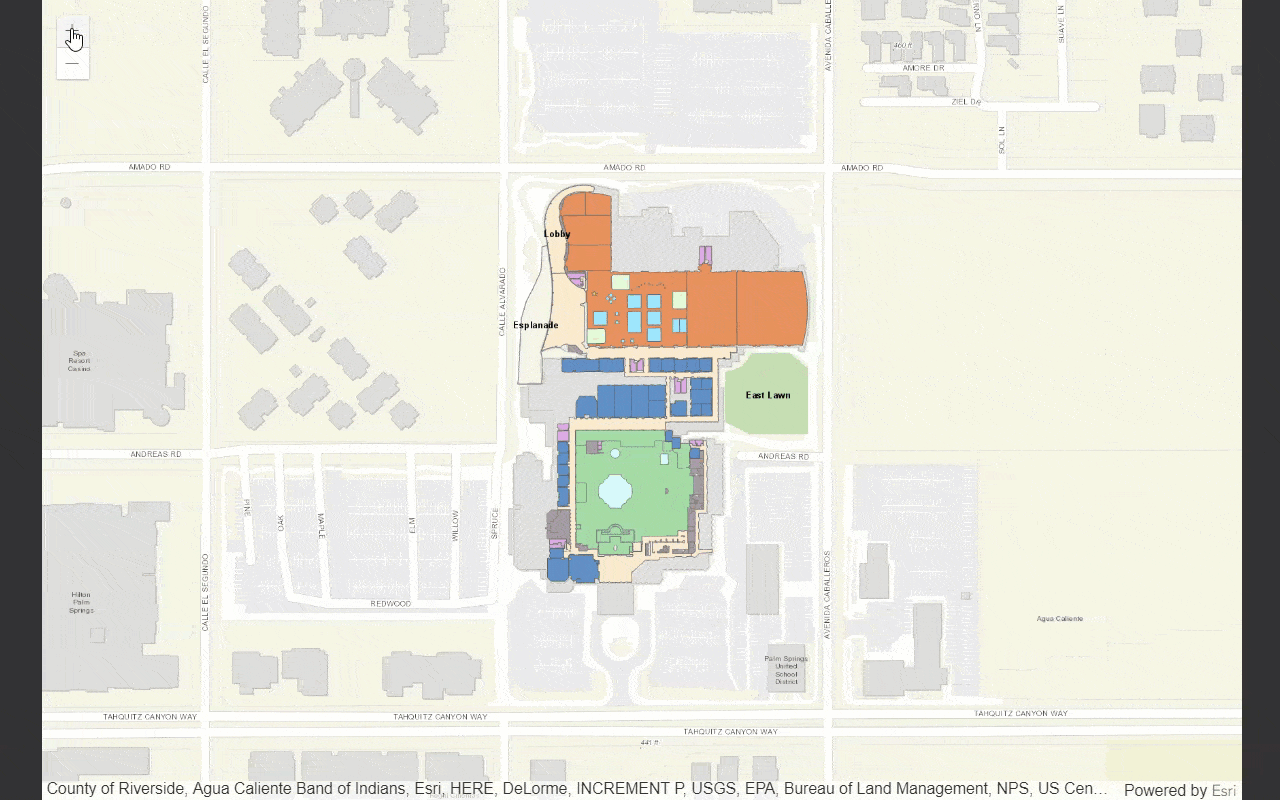

An easy OOTB way to convert to the File Geodatabase exist within the older ArcGIS/ArcCatalog via the exact same methodology as described in the above-referenced blog post.
#Arcgis file structure pro#
If a Personal Geodatabase isn’t compatible, how does one extract the data for use within Pro? There unfortunately doesn’t appear to be an OOTB method within Pro to convert the Personal Geodatabase to a compatible File/Enterprise Geodatabase. This is because Personal Geodatabases are no longer supported in the 64-bit software. Problem is that the “To Go” box is actually a locked safe when trying to use a Personal Geodatabase with ArcGIS Pro.
#Arcgis file structure series#
In April 2016, the first of a two part series titled “ I’ll have that Geodatabase to Go” describes the procedure of migrating the data from an Enterprise geodatabase into a Personal or File Geodatabase. Here is the first Pro-related post of I would assume many to come. Although I have played with Pro, I haven’t really dived in as much as I should. With zero exception, every one of these posts were written pre-ArcGIS Pro. BytesĮxamples of other shape types can be found the ESRI technical description document.I have written several blog posts on Esri Geodatabase construction and the individual components. Following table shows the arrangement of a Point shape type. Lets take an example of Point Shape type to elaborate how a record contains information about such a shape type.Ī point represents a certain geographic location in the order X,Y where each coordinate is represented by a double-precision value. A shape type of 0 represents a null shape that has no geometric data for the shape. The length of the record contents is reflection of the shape parts and vertices. The organization of record header is as shown follow: BytesĪ shapefile record contents consist of a shape type followed by the geometric data for that shape. Record header contains information about the record number and content length of the record in a fixed length of 8 bytes. The main file header is followed by variable length records where each record consists of a fixed-length record header followed by variable-length record contents. The values of shape types field in above table are as follow: Value It is to be noted that the value of file length is the total length of the file in 16-bit words which also includes the fifty 16-bit words making up the header. Organization of this main file header along with byte position, value, type and byte order is as shown in the following table. The main File Header starts from the beginning of the file and is 100 bytes in length.

The fixed-length file header is followed by variable-length records where every record is made up of a fixed-length record header followed by variable-length record contents. shp file consists of headers and records. Open specifications of shapefile are available online from ESRI in the form of Technical Description and elaborates the overall structure of the file in detail. There can be other optional files as well that share the same name as the main file.
#Arcgis file structure software#
Associated FilesĪ standalone shp file can not be used by software applications to make meaning of the data it contains. For example, a shapefile containing cities of Los Angeles can have city name and temperature as attributes which gives meaningful representation to the spatial data. Each vector feature can have attributes that actually define the purpose of that feature. These features in combination can represent almost any type of shapes like water wells, country boundaries, spatial points, rivers flow, lakes, etc. Data RepresentationĪs mentioned, a shapefile format describes geospatial information of a data set as vector features. The format has been developed as open specifications in order to facilitate interoperability between ESRI and other software products. It represents Geospatial information in the form of vector data to be used by Geographic Information Systems (GIS) applications. SHP is the file extension for one of the primary file types used for representation of ESRI Shapefile.


 0 kommentar(er)
0 kommentar(er)
